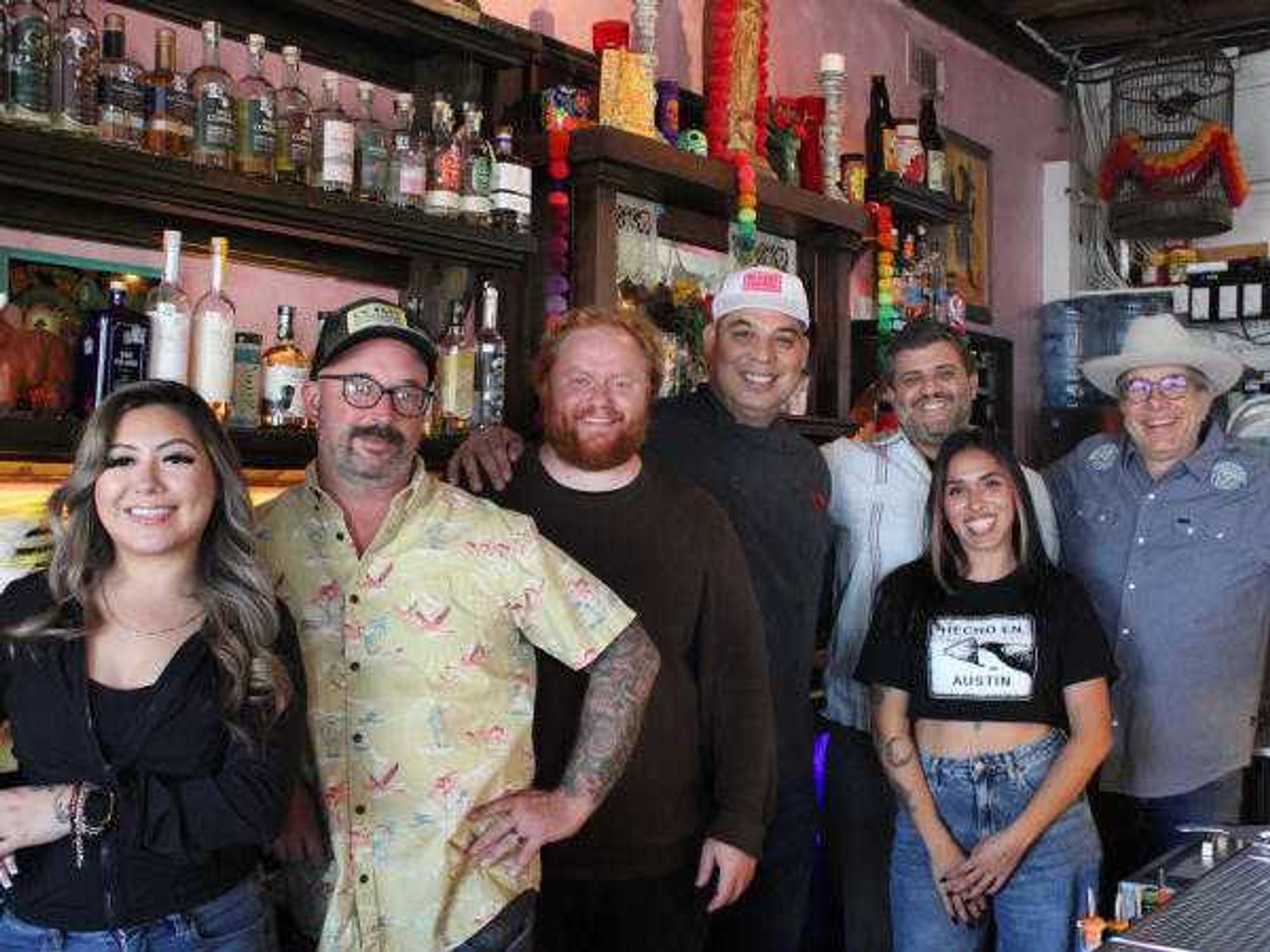Revved up
Austin surprisingly rides onto list of best cities for public transportation

In the 2019 community survey commissioned by the City of Austin, just 24 percent of local residents expressed satisfaction with local public transportation options. So it might come as a shock that a new study ranks Austin among the best major metro areas in the U.S. for commuting via buses, trains, and other transit options.
The study, released February 18 by residential real estate platform Clever Real Estate, puts Austin in fourth place among 30 U.S. metro areas that it identified as having “a need for public transportation.” Clever Real Estate based its findings on four factors related to public transportation: ridership rates, costs, commute times, and residents’ hourly earnings.
Francesca Ortegren, a data scientist at Clever, says Austin fared well in the study because the cost of commuting — taking into account transportation expenses, commute times, and earnings — is about the same for workers who travel by public transportation as it is for workers who travel by car.
“Additionally,” Ortegren says, “the time to commute by public transportation is only 50 percent greater than that of driving, a much smaller difference than many other metro areas. All in all, Austinites who have access to public transportation might consider it over driving.”
In a statement provided February 19 to CultureMap, the Capital Metropolitan Transportation Authority (Cap Metro), which runs the Austin area’s public transportation system, notes that systemwide ridership has indeed grown for 16 consecutive months. In January, for instance, ridership climbed more than 8 percent compared to the same time last year.
“Great cities have great public transportation, and Cap Metro is dedicated to making transit work for the people of Central Texas. Our mission is to provide a high-quality customer experience and to give our fellow community members more options when considering their commute,” the statement says. “Cap Metro will continue making generational investments in mobility in order to support the region’s growth and maintain our community’s quality of life.”
Cap Metro is working with government leaders on a regional transportation plan that would include bus and rail upgrades. A transit-related bond issue likely will appear on the November 2020 election ballot in Austin.
Tommy O’Shaughnessy, head of research at Clever, concedes Austin’s public transportation system might be less robust than the systems in places like New York City and Washington, D.C. But comparatively speaking, he says, Austin scores well in Clever’s study.
The study points out that Austin ranks 14th in the U.S. for traffic congestion, forcing many workers to seek non-car commuting alternatives. “As luck would have it,” Clever says, “the cost to commute via public transportation is pretty affordable, at less than $500 a year.”
Julio Gonzalez Altamirano says he and fellow transportation advocates have developed a nearly $5.4 billion transit plan called the Wheel Deal that’s aimed at investing in rail, bus, and bicycle improvements “to help even more Austinites get around town faster and cheaper.”
“Commuting in a car by yourself is the most expensive way to get to work,” Altamirano tells CultureMap. “The Austinites who have real alternatives — such as frequent, reliable transit service — are getting a real boost to their pocketbook.”
Ahead of Austin on Clever’s list of the best metro areas for commuting by public transportation are Boston, Seattle, and Washington, D.C.
Meanwhile, Las Vegas ranks last (No. 30), preceded by San Diego; San Antonio; Riverside-San Bernardino, California; and Dallas-Fort Worth. Houston comes in at No. 21.
At No. 28, San Antonio lands in last place among Texas’ four major metro areas.
“The San Antonio metro area has a public transit system made up of 94 bus lines that cover only about 75 percent of the area,” Clever says. “Their main system, VIA, falls behind other metro services in their coverage, reliability, and quality.”
As for DFW’s public transportation system, Clever complains that the region covers more than 9,000 square miles, yet with only 161 bus lines, three rail lines, and four light rail lines, this infrastructure “leaves something to be desired.”

 Beet and citru salad at Moderna. Photo by Brianna Caleri
Beet and citru salad at Moderna. Photo by Brianna Caleri